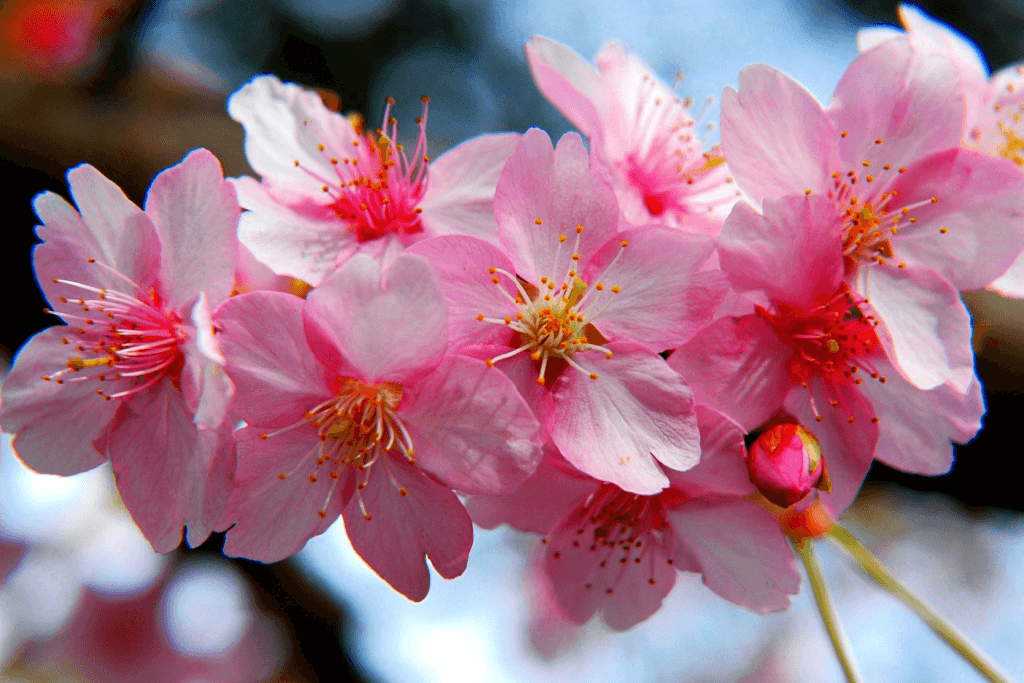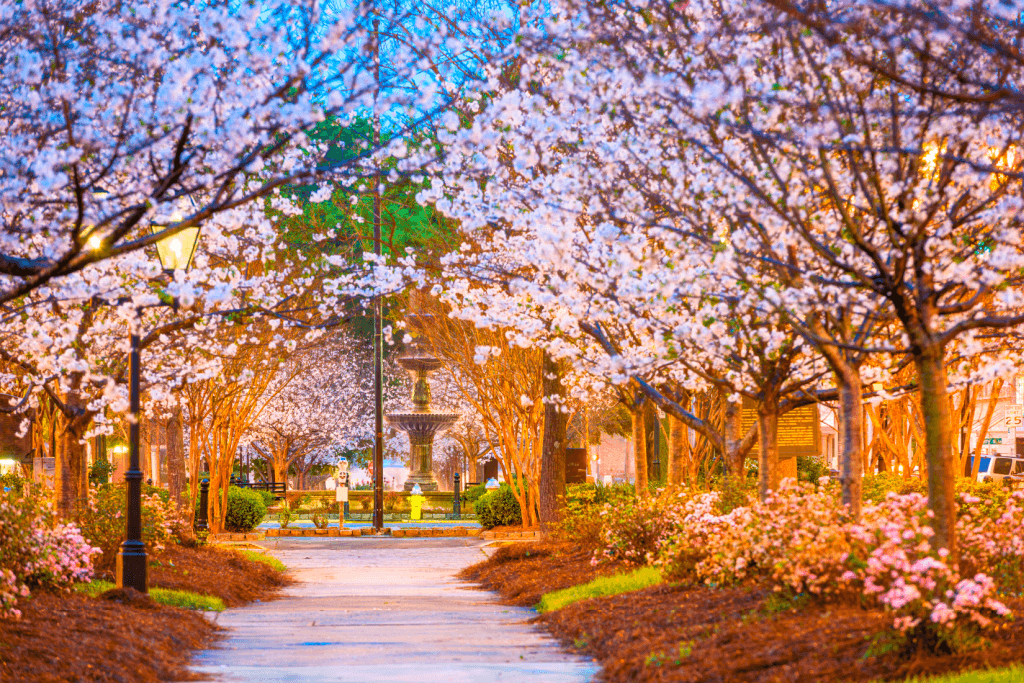Sakura, or cherry blossoms, are an iconic symbol of Japan and have been celebrated in literature, art, and music for centuries. Let’s look at some famous and unknown literature featuring sakura!
These flowers represent transience and the impermanence of life, as the delicate flowers bloom each spring briefly before falling from the trees. Here are some examples of how writers portray cherry blossoms in Japanese literature throughout history.
Table of Contents
ToggleThe Tale of Genji by Murasaki Shikibu
The Tale of Genji, a masterpiece of Japanese literature, is known for its vivid depictions of courtly life and relationships. One recurring motif in the story is the sakura, or cherry blossom, which plays an important symbolic role.

This novel was written by Murasaki Shikibu in the early 11th century, during the Heian period in Japan. That is to say, this period was a time of great cultural and artistic flourishing. To that end, sakura was already a beloved symbol of spring and renewal. Similarly, sakura mainly represents beauty and the fleeting nature of romantic relationships.
Moreover, the symbolism of sakura in the Tale of Genji goes beyond transience. The flower also represents courtly love and indicates the emotional state of the characters. For example, when Genji meets his true love, Murasaki, for the first time, the sakura outside her window is described as being in full bloom. Similarly, when a relationship ends, the sakura’s petals fall to the ground, representing the end of that particular chapter in the character’s life.
Into the Forest, Under the Cherries in Full Bloom by Ango Sakaguchi
Into the Forest, Under the Cherries in Full Bloom is a classic work of Japanese literature that explores the themes of life, love, and the beauty of sakura. The author, Ango Sakaguchi, was a famous writer and essayist specializing in his contributions to Japanese literature and culture.

To begin with, Ango Sakaguchi was born in Tokyo in 1906 and began his writing career in the 1920s. His influences include modernist literature and Western culture. In addition, this work often explores themes of alienation, disillusionment, and the complexities of human relationships. He is famous for using language and his ability to capture the nuances of human emotion.
This short story from 1947 takes place in the aftermath of World War II. It tells the story of a group of soldiers who take refuge in a forest of cherry blossoms and reflects on the destruction and loss caused by the war. The flowers symbolize life’s tragic beauty and remind us of our compassion and reconciliation needs.
Are you looking forward to the beautiful cherry blossom season and want to experience it yourself? Check out Sakuraco! Sakuraco sends the best of traditional Japanese snacks, sweets, and teas right to your door so you can enjoy the taste of the season right at your home!
Tokyo Ueno Station by Yu Miri
Tokyo Ueno Station is a novel by Yu Miri, a Korean-Japanese author famous for her powerful explorations of social inequality and memory. It especially delves into the experiences of the homeless population living in the shadows of one of Tokyo’s busiest train stations. In Tokyo Ueno Station, the sakura serves as a reminder of the fleeting nature of life and the inevitability of change.

In the novel, Kazu, the protagonist, reflects on his past and the memories that haunt him. The sakura, which briefly blooms each spring, symbolizes the fleeting nature of happiness. Kazu muses about the cherry blossom trees from his youth and their disappearance, just like the life he once knew.
The symbolism of sakura also reinforces the novel’s critique of social inequality. It highlights the stark contrast between the transient beauty of the cherry blossoms. On top of that, the struggle and marginalization faced by the homeless population in Tokyo are essential in the story.
The Pillow Book by Sei Shonagon
The Pillow Book is a classic Japanese literature by Sei Shonagon in the Heian period. The book is a collection of observations, anecdotes, and musings on life and love. In addition, it offers a unique perspective on the culture and society of ancient Japan.

To demonstrate, the novel’s exploration of the symbolism of sakura has resonated with readers worldwide, as it offers a poignant and timeless reflection on the beauty and transience of life. The novel’s themes of love and identity have also made it a popular and enduring work of literature.
Moreover, it explores the beauty and transience of sakura through Sei Shonagon’s musings on the changing seasons. She writes about the joy of watching the sakura bloom and the sadness of seeing them fall. They symbolize the fleeting nature of life and the inevitability of change. The symbolism of sakura also reinforces the novel’s themes of love and identity. Sei Shonagon writes about the emotions that sakura evokes and how they reflect her inner life.
Sakura’s Cherry Blossoms by Robert Paul Weston
Sakura’s Cherry Blossoms is a children’s book by Robert Paul Weston that celebrates the beauty of Sakura. The children’s book tells the story of a young girl named Sakura who moves from Japan to Canada with her family. Sakura misses the cherry blossoms that were so important to her in Japan, but with the help of her grandfather, she creates a unique sakura garden in her new home.

This novel explores the themes of beauty, magic, and wonder. The book follows Sakura as she embarks on a journey to see the cherry blossoms in bloom. Along the way, she encounters a series of magical creatures and learns important lessons about the beauty of nature. On top of that, she also learns the importance of cherishing each moment. The book celebrates the ephemeral nature of sakura and reminds readers to appreciate the fleeting beauty of the world around us.
These are a few examples of how writers portrayed sakura in Japanese literature over the centuries. From classic novels to contemporary short stories, the cherry blossom has served as a powerful symbol of beauty, transience, and the impermanence of life.
Have you read any of these books? Which ones have you enjoyed? Let us know in the comments below!










